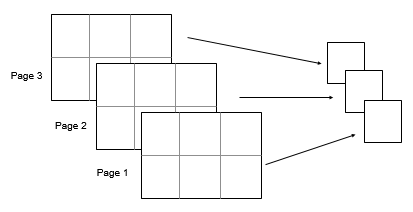min
Minimum elements of array
Syntax
Description
M = min(A)
If
Ais a vector, thenmin(A)returns the minimum ofA.If
Ais a matrix, thenmin(A)is a row vector containing the minimum value of each column ofA.If
Ais a multidimensional array, thenmin(A)operates along the first dimension ofAwhose size does not equal 1, treating the elements as vectors. The size ofMin this dimension becomes1, while the sizes of all other dimensions remain the same as inA. IfAis an empty array whose first dimension has zero length, thenMis an empty array with the same size asA.If
Ais a table or timetable, thenmin(A)returns a one-row table containing the minimum of each variable. (since R2023a)
M = min(A,[],___,missingflag)A for
any of the previous syntaxes. For example,
min(A,[],"includemissing") includes all missing values
when computing the minimum. By default, min omits missing
values.
C = min(A,B,missingflag)
___ = min(___,"ComparisonMethod",
optionally specifies how to compare elements for any of the previous syntaxes.
For example, for a vector method)A = [-1 2 -9], the syntax
min(A,[],"ComparisonMethod","abs") compares the elements
of A according to their absolute values and returns a minimum
value of -1.
![min(A,[],1) column-wise operation](min_dim_1.png)
![min(A,[],2) row-wise operation](min_dim_2.png)
